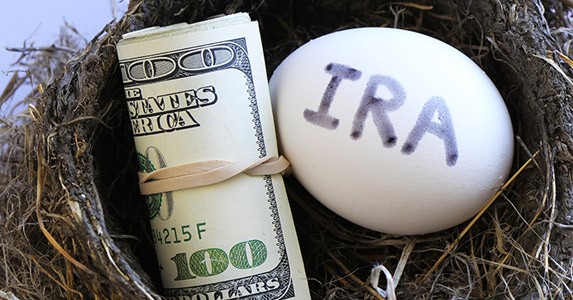Ten retirement mistakes to avoid
Post on: 28 Март, 2015 No Comment

Related Articles
Cape Town — Your chances of the comfortable retirement we all dream of could be scuppered by some bad investment choices made over the years. Steven Nathan, chief executive at 10X Investments, singles out ten mistakes that could ruin your retirement.
The wrong asset mix
The first mistake is to choose an asset mix that may be a good fit for your personal risk tolerance (eg conservative or risk averse) — but not for your investment time horizon.
A conservative asset mix will lower the long-term investment return from an estimated 5% real return after inflation to around 2% real return. That won’t be enough in the context of a 40-year savings plan, based on a 15% savings rate.
The solution? Choose an asset mix that fits your investment time horizon. That means owning a high equity portfolio for the long term (five years or more) despite intermittent volatility, and lower equity portfolios for time horizons of less than five years (to minimise the effects of volatility).
A life-stage solution would automatically de-risk your savings plan according to your own investment time horizon (eg retirement age, or beyond if you plan to invest in a living annuity post-retirement).
High fees
Fees matter in the context of a 5% real (after-inflation) return, every 1% paid in fees reduces the real return, and therefore your savings outcome, by 20%. Look for a low-cost service provider that charges no more than 1% in total annual fees.
Choosing an underperforming (actively-managed) fund
If you steer clear of actively managed funds and use index funds instead, you can ensure that you earn the average market return — no more, but also more importantly, also no less.
When it comes to retirement investing, it is far more important to eliminate the downside risk and reach your minimum savings goal than it is to entertain upside risk in the hope of overshooting the savings goal.
Emotional switching
This is when investors change funds or asset classes on the basis of past performance, especially during periods of market turbulence.
You should rather stick to the original plan and avoid the temptation to switch or try to time the market. Too often switching leads to a buy high-sell low strategy, which never works out for the investor.
Too few baskets
Avoid spreading your eggs among too few baskets. Diversification protects you from being overly exposed to a poorly performing asset class or security, to the detriment of your long-term savings outcome.
Diversification, together with re-balancing, also permits locking in gains on outperforming assets and directing flows to assets that have underperformed.
This means that you should invest in many different asset classes (equities, bonds, property and cash), each providing exposure to many different underlying securities, held across different currencies (local and international) and regions (eg developed and emerging countries).
Most professionally-managed balanced funds will provide adequate diversification. A word of warning: if you are doing their own thing, you do run the risk of inadequate diversification.
Saving outside retirement funds

Retirement funds provide important tax advantages (most obviously tax-free contributions, investment returns and lump sum payments), although the real advantage lies in deducting contributions at the marginal tax rate and having annuity payments taxed at an average tax rate.
The tax benefits can improve your retirement income by up to 30%. Other savings vehicles such as bank accounts, stockbroker accounts and unit trusts do not offer this tax advantage.
Saving too little
You should invest at least 15% of the income you hope to replace one day in your retirement fund — every month.
Starting too late
Ideally, you should start putting money away for your retirement with your first salary slip and keep going throughout your working life (around 40 years on average).
Saving for 40 years instead of 30 years improves the savings outcome not by 33% but by a whopping 70%, because of compounding interest. The effect of compounding interest (earning a return on the return) becomes more pronounced the longer the savings period.
Cashing in when you change jobs
Not keeping your retirement savings is like starting late you lose not just your accumulated savings but the return on those savings for the remainder of the savings term. This can amount to a pretty penny when you cash in your fund 30 years ahead of time.
Underestimating how much you need














